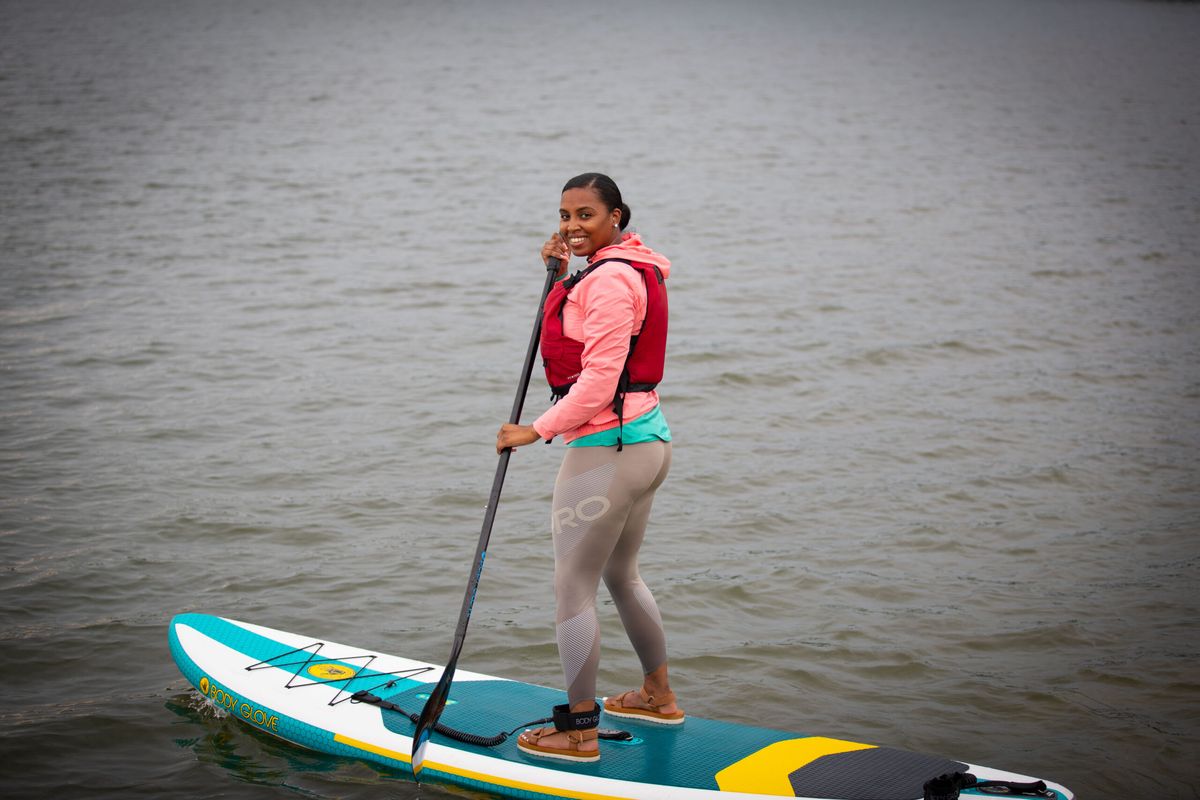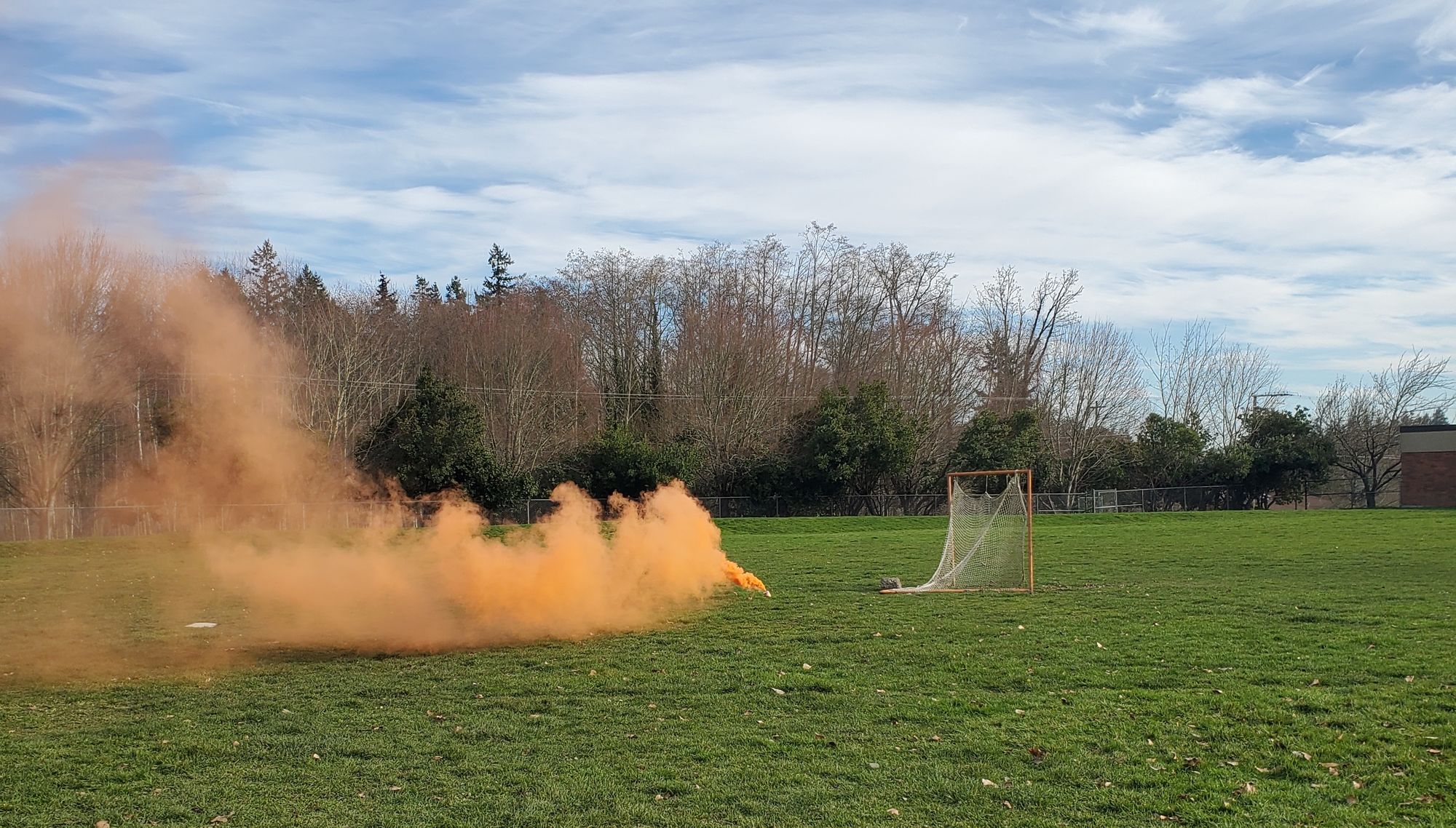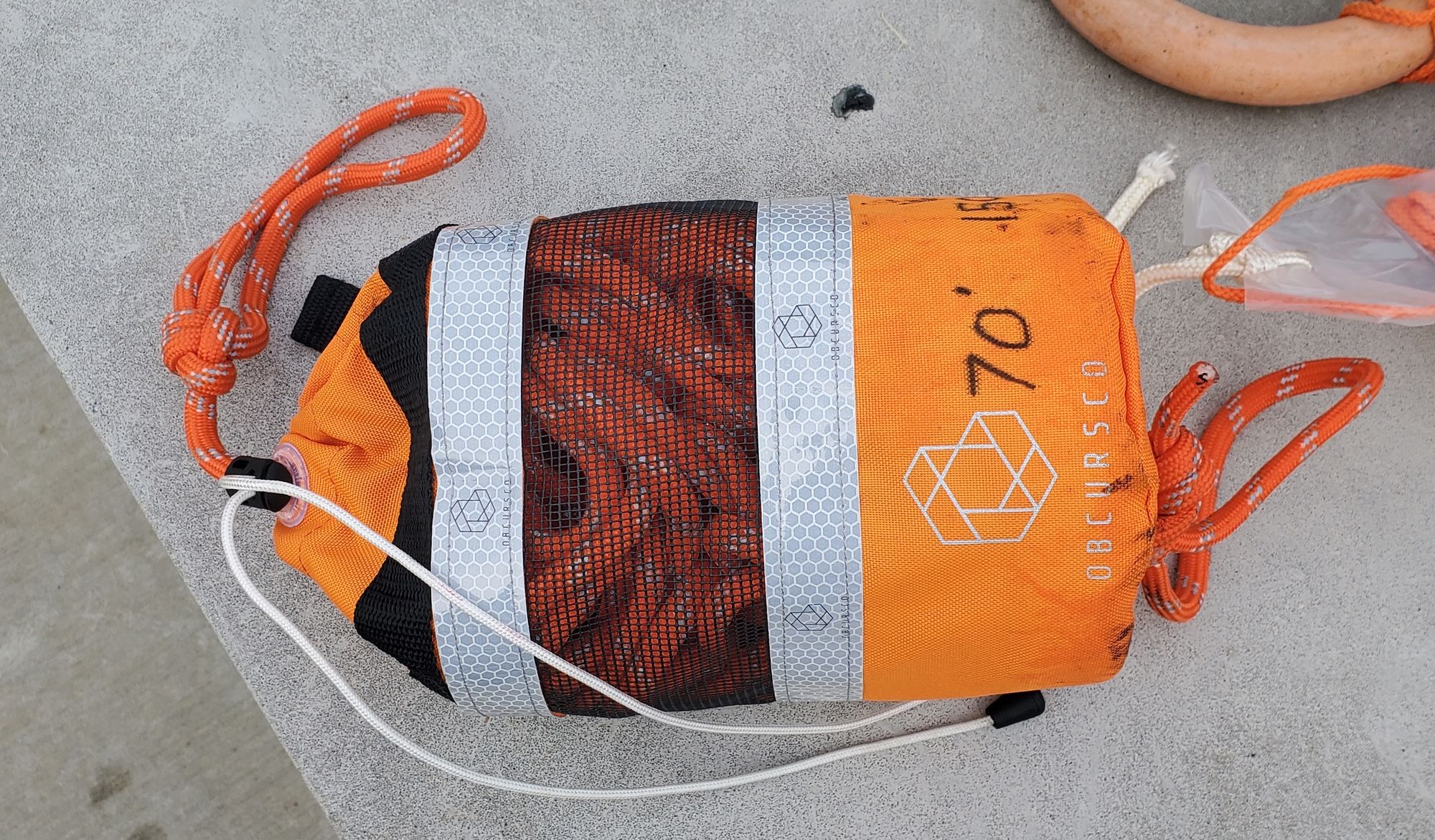Four small steps to boat safer this spring
As the weather gets nicer, more people plan to get out on the water. Take a beat and do some safety prep.

Emerging from an intensive offshore sailing safety course, I began to consider how to share these new learnings in applicable, digestible bits. Extrapolating from lesson plans taught by passionate instructors and my personal experience, consider these small steps before boating this spring:
1. Visually inspect all safety equipment.
Time flies, especially since you might have checked safety gear including horns, PFDs, throwables and radios. The Pacific Northwest is particularly damp which can compromise equipment. Give the gear you’re counting on in crucial moments a good look over, preferably with someone you boat with regularly so more than one person knows the location of safety equipment, what is up-to-snuff and that you follow through on what needs to be replaced.

2. Consider your boating plans and what kind of safety equipment they will require. And all boating requires PFDs.
Safety requirements and recommendations scale up when you go from short trips on the lake to coastal cruising, all the way to going offshore. Meeting USCG requirements is one step, but an important follow up is ensuring safety gear and protocols match accordingly to how you are boating.
Personal Flotation Devices (PFDs) or lifejackets are a must. This includes for small paddlecraft like SUPs or kayaks.
"If I could have a magic wand it would be to have everyone who goes out wear a lifejacket on our waterways, regardless of vessels," said Rob Sendak, who manages Washington State boating programs.

3. Make a safety briefing routine before departing the dock.
Future Tides’ reader Tim Hagan reminded me of the importance of going over the locations of safety equipment and communication with those not familiar to his boat before departure. These briefings are also invaluable with regular crew to share updates, reinforce safety plans and create a moment to acknowledge the inherent dangers of being on the water. It’s also a good exercise for the person leading the briefing, demonstrating forethought and preparedness.
4. We are all thinking about safety more.
This step does not require action but instead awareness. US Sailing Safety at Sea organizers noted that attendance in safety courses has increased along with a broader shift in the boating community’s mentality, comparing it to the adoption of seat belts.
There is a wealth of boating safety information available online and through maritime organizations. A crucial step is investing time to learn and practice these teachings. Consider this list a starting point or a sign to dive in more.
